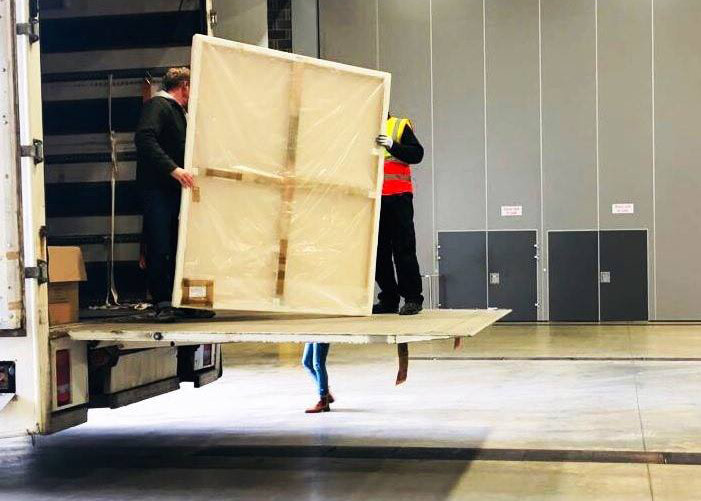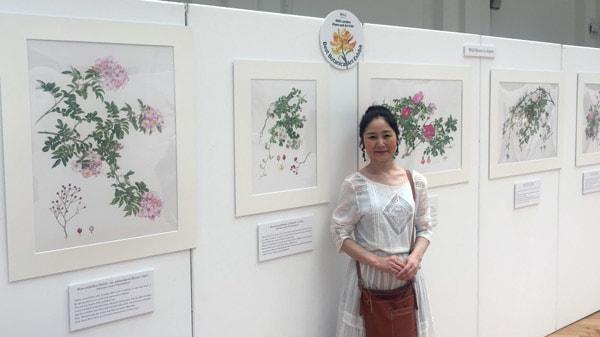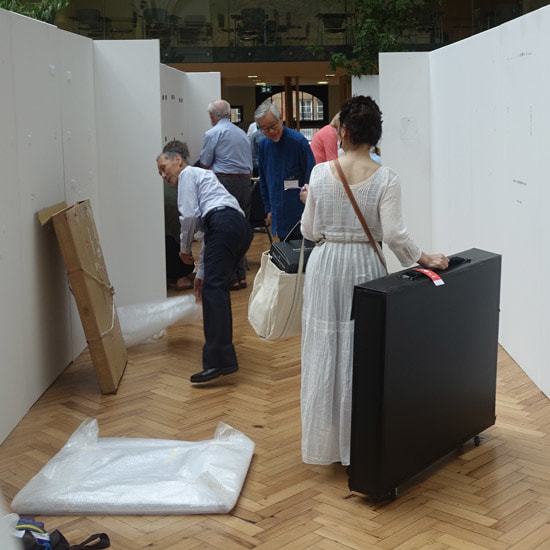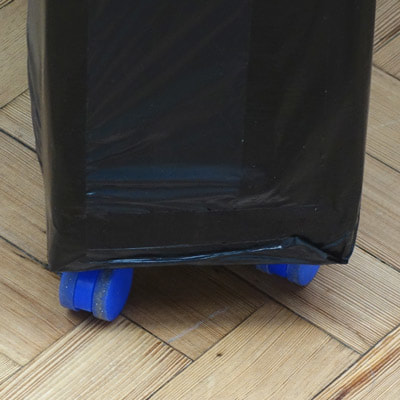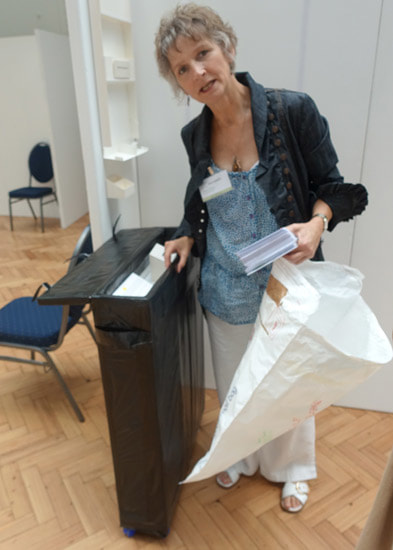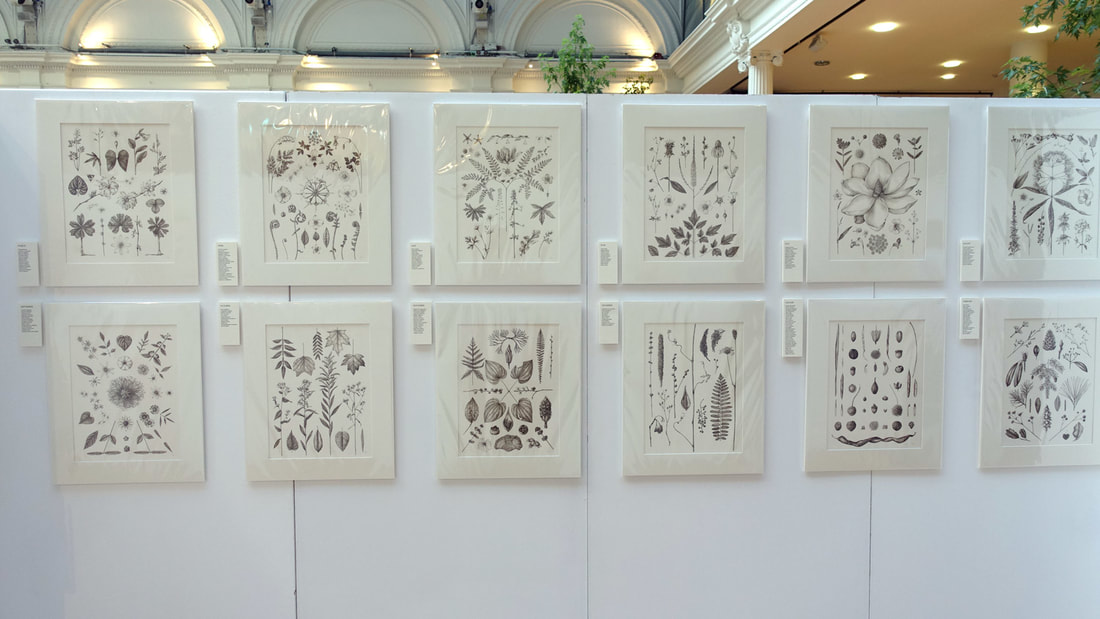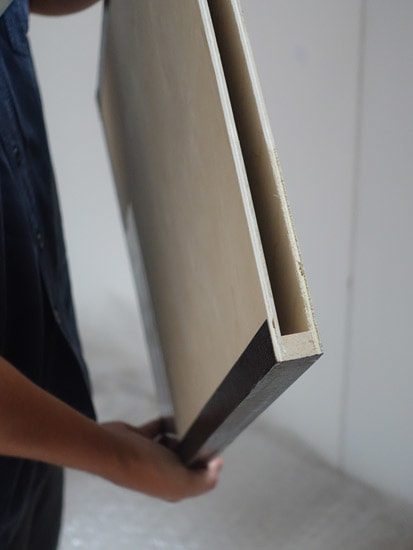- Home
- NEWS
-
PRACTICE
-
MARKETING
- How to write an Artist's Statement >
- How to write an Artist's Resume or CV >
- How to sign a painting, drawing or fine art print
- Business Cards for Artists
- How to write a press release for an artist
- The Private View Invitation
- Publicity for Juried Exhibitions
- Websites for Artists >
- Image & Video sizes for Social Media Sites
- How to be mobile-friendly
-
SELL ART
- FRAME ART
-
SHIP ART
-
COPYRIGHT
-
MONEY & TAX
- About + Help
- BANKING
|
Find out about the answers to frequently asked questions about shipping art to exhibitions - organised by art galleries, art societies and art competitions.
TIPS: Also included are tips from
|
Suggested art couriers and transport agents for artwork for shipping art to the juried exhibitions of art societies and art competitions can be found in
If you are shipping art to an art exhibition in another country you almost certainly also need to consult How to ship art internationally re. Customs and documentation required. |
Shipping art to exhibitions: Frequently Asked Questions
Q: What's a "Handling Fee" and what does this fee cover?
A: Handling fees are standard and charged by many major exhibits in the country. The reality is that most galleries simply do not have the storage space nor the staff to handle lots of artwork before or after an exhibition.
Q. Do exhibition organisers provide information about shipping my artwork?
A: They should do. Well organised exhibition hosts will post detailed information and instructions about shipping your artwork after the selected artists have been notified.
Q. Which shipping company is the best one to use for shipping fine art?
A: Selecting a courier/shipper is an important decision. Research the terms, conditions and tariffs - and read the small print. Ask your fellow artists what shipping company they use and which they recommend and which ones they've had bad experiences with.
There is no one right decision - it depends on:
Q. When should I send my artwork for the exhibition?
A: Exhibition organisers generally give you
Q. On average, what does it cost to ship my artwork to an exhibition?
A: Costis are determined by two components:
Everybody lives in a different place, destinations are different and what you are sending is different. Consequently it can be very misleading to quote an 'average price'. It is also impossible to determine the average because shipping costs are based on the size of the box, its weight and the shipping distance. Insuring your work - during transit and while at an exhibition - will also add to your costs.
Bear in mind a lot of art competitions will only accept unpacked artwork and will not store packaging.
Q. What information does the carrier need to know to provide a quotation?
A. This will vary from firm to firm. Before you start asking for quotes you need to be clear about the following:
Be clear when the quotation is asked for/provided whether or not tax is included. Also clarify whether there are any minimum charges.
Q. What type of container will best protect my artwork during shipping?
A: A number of national art societies and exhibitions in the USA recommend using an Airfloat reusable shipping box (see links to website on this page). These boxes are made especially for the transportation of fine art.
Taping all the edges with extra clear or beige shipping tape will help your box last longer and protect it during shipping.
Q. What is the most common damage done to artwork when it is being shipped?
A: The most common problem happens when the artwork has not been secured properly to the mat prior to framing. During shipping, the artwork shifts and the painting may drop behind the mat.
Q. What do I need to think about if shipping work internationally?
A. See my page about How to ship art internationally
The above started from a very useful FAQs page developed from the advice provided by the CPSA to artists selected for its annual exhibition - and has become much developed since
A: Handling fees are standard and charged by many major exhibits in the country. The reality is that most galleries simply do not have the storage space nor the staff to handle lots of artwork before or after an exhibition.
- Fees tend to directly to the cartage company which unpacks the artwork, stores the box, delivers the painting to the gallery, retrieves them from the gallery, and repacks them for shipping back to the artists.
- Some exhibitions require artists to pay this fee. This is sometimes paid direct to the cartage company.
- Note that not all cartage companies offer an unpacking and packing service.
Q. Do exhibition organisers provide information about shipping my artwork?
A: They should do. Well organised exhibition hosts will post detailed information and instructions about shipping your artwork after the selected artists have been notified.
- This may come with the selection notice and is often also repeated on the relevant website.
- Make sure you read ALL the small print at least twice!
Q. Which shipping company is the best one to use for shipping fine art?
A: Selecting a courier/shipper is an important decision. Research the terms, conditions and tariffs - and read the small print. Ask your fellow artists what shipping company they use and which they recommend and which ones they've had bad experiences with.
There is no one right decision - it depends on:
- where you're located,
- where the exhibition is located and
- the precise requirements for drop-off and pick-up.
Q. When should I send my artwork for the exhibition?
A: Exhibition organisers generally give you
- either a precise date
- or a "window" of acceptable shipping and receiving dates.
Q. On average, what does it cost to ship my artwork to an exhibition?
A: Costis are determined by two components:
- moving the shipping carton and
- packing and unpacking the artwork at either or both ends.
Everybody lives in a different place, destinations are different and what you are sending is different. Consequently it can be very misleading to quote an 'average price'. It is also impossible to determine the average because shipping costs are based on the size of the box, its weight and the shipping distance. Insuring your work - during transit and while at an exhibition - will also add to your costs.
Bear in mind a lot of art competitions will only accept unpacked artwork and will not store packaging.
- Make sure you do some advance research before you are notified that your work has been accepted.
- Do be prepared to seek multiple quotes for the cost of shipping or couriering artwork
- You may incur additional costs if you have a professional mailing service pack and ship your piece and unpack at the other end, store the packing materials and then ship back to you
- Look for couriers who are prepared to provide example quotes for defined work moving from A to B. That's the best indicator of cost.
Q. What information does the carrier need to know to provide a quotation?
A. This will vary from firm to firm. Before you start asking for quotes you need to be clear about the following:
- Post/zip code of pick-up point
- Post/zip code of destination address
- what size the shipment is - in three dimensions (height | width | depth)
- what weight the shipment is
- how fragile the shipment is
- whether the services of the carrier are required for packing, unpacking and/or storage of packing materials
- whether storage is required at any point
Be clear when the quotation is asked for/provided whether or not tax is included. Also clarify whether there are any minimum charges.
Q. What type of container will best protect my artwork during shipping?
A: A number of national art societies and exhibitions in the USA recommend using an Airfloat reusable shipping box (see links to website on this page). These boxes are made especially for the transportation of fine art.
Taping all the edges with extra clear or beige shipping tape will help your box last longer and protect it during shipping.
Q. What is the most common damage done to artwork when it is being shipped?
A: The most common problem happens when the artwork has not been secured properly to the mat prior to framing. During shipping, the artwork shifts and the painting may drop behind the mat.
- Remind your framer that the artwork is being shipped. Ask them to use strong hinges to secure your work and, if necessary, put a piece of masking tape at the bottom of your piece to prevent it from falling down behind the mat.
- Other problems can occur when frames have not been assembled properly or secured tightly in the corners. This can mean that the Plexiglas or glass becomes loosen and may smash and damage your artwork.
Q. What do I need to think about if shipping work internationally?
A. See my page about How to ship art internationally
The above started from a very useful FAQs page developed from the advice provided by the CPSA to artists selected for its annual exhibition - and has become much developed since
CASE STUDY: why you need to pay attention to the paperwork
I had a scare when my large framed watercolor disappeared on the return trip (from an exhibition).
After six months I requested that the organization trace it. Their records showed all artwork had been returned.
In fact, my painting had made it to UPS in my city but instead of delivering it to me they returned it to the art shipper in California, where it languished in the warehouse.
It was returned with a broken frame, dented mat, and cracked Plexiglas. UPS Paid for reframing but they never explained what had happened. It must’ve fallen off the truck somewhere. I was lucky that my daughter’s portrait wasn’t damaged.
Lesson learned—keep all the paperwork in case you have to submit a claim!
This was told to me by American artist and art teacher Nita Leland - in a comment on my Facebook Page
How to transport an RHS portfolio
|
International artists wanting to exhibit at the Botanical Art Show of the Royal Horticultural Society face a particular challenge.
The exhibits have often taken two years or more to produce and exhibitors are very keen to ensure they suffer no damage during transit - from all over the UK - and the world. They often also have to manage the transit on their own - so need ways of making this easy. All the images below show you the paintings as they were displayed at the show and then how they went home again - to Yorkshire, Japan, the Netherlands and the USA! |
How to get your art exhibit there and back - safe and secure - my blog post highlights five different ways that botanical artists attending an exhibition got
|
|
|
Tips from Artists
|
Tips from Art Societies
REFERENCE: Shipping to art exhibitions
Tips from Making A Mark
|
Articles about shipping valuable fine art around the world
more art than ever, worth more money than ever, is travelling more than ever
Andrew Dickson | The Guardian
|
Blockbuster art exhibitions would not happen unless very valuable fine art moved around the world. It's simply not possible for all paintings to be moved. Some are too fragile. However significant precautions are taken to make sure valuable artwork that is moved is also protected from harm.
Art is also purchased at art fairs around the world - and away from home the purchaser has to arrange for it to be moved. One unfortunate aspect related to the movement of valuable fine art is it's not uncommon for it to be associated with money laundering. |
REFERENCE - Movement of Fine Art
|
A lot of the art bought at auctions goes to freeports – ultra-secure warehouses for the collections of millionaires and billionaires
Art And Money Laundering Why The Global Art Market Needs Regulation
ABOUT ART BUSINESS INFO. FOR ARTISTS
This website aims to provide a compendium of resources about the art business for artists. Please read "PLEASE NOTE"
It helps artists learn how to do better at being business-like, marketing and selling their art and looking after their financial security.
This website aims to provide a compendium of resources about the art business for artists. Please read "PLEASE NOTE"
It helps artists learn how to do better at being business-like, marketing and selling their art and looking after their financial security.
|
Copyright: 2015-2021 Katherine Tyrrell | Making A Mark Publications
- all rights reserved If you've got any suggestions for what you'd like to see on this website please send me your suggestion
|
PLEASE NOTE:
1) Content and the law change all the time. It's impossible to keep up with it if you're not working on the topic full time. 2) I research topics carefully. However, I am totally unable to warrant that ANY and/or ALL information is
|
3) Hence all information I provide comes without any LIABILITY whatsoever to you for any choices you make.
4) This website is FREE FOR YOU but not for me. Links to books are Amazon Affiliate links. Buying a book via this website means I get a very small payment which helps to fund and maintain this website. .I much appreciate any support your provide. Adverts are provided by Google AdSense - but the adverts do not mean I endorse the advertiser. |
- Home
- NEWS
-
PRACTICE
-
MARKETING
- How to write an Artist's Statement >
- How to write an Artist's Resume or CV >
- How to sign a painting, drawing or fine art print
- Business Cards for Artists
- How to write a press release for an artist
- The Private View Invitation
- Publicity for Juried Exhibitions
- Websites for Artists >
- Image & Video sizes for Social Media Sites
- How to be mobile-friendly
-
SELL ART
- FRAME ART
-
SHIP ART
-
COPYRIGHT
-
MONEY & TAX
- About + Help
- BANKING
